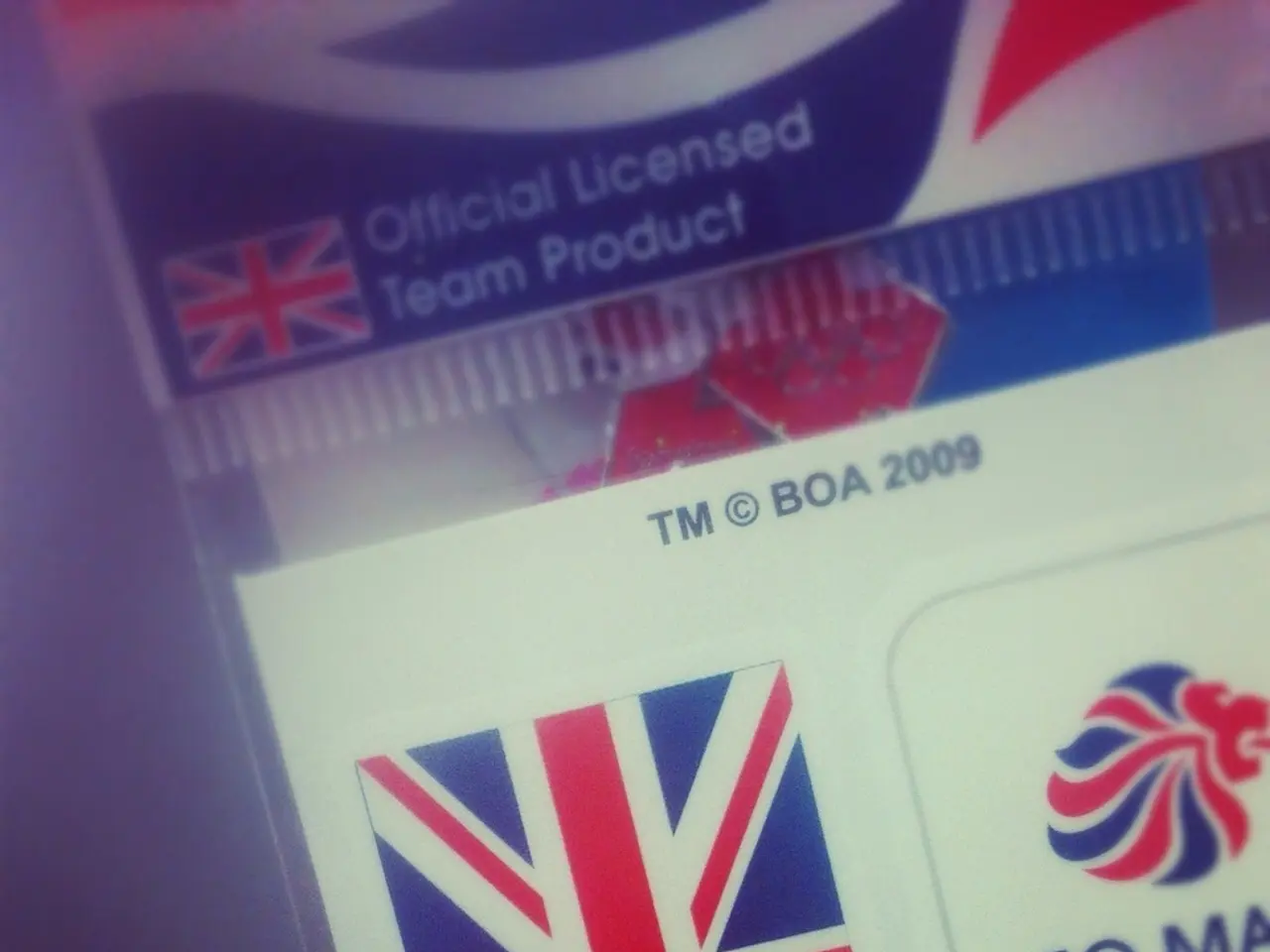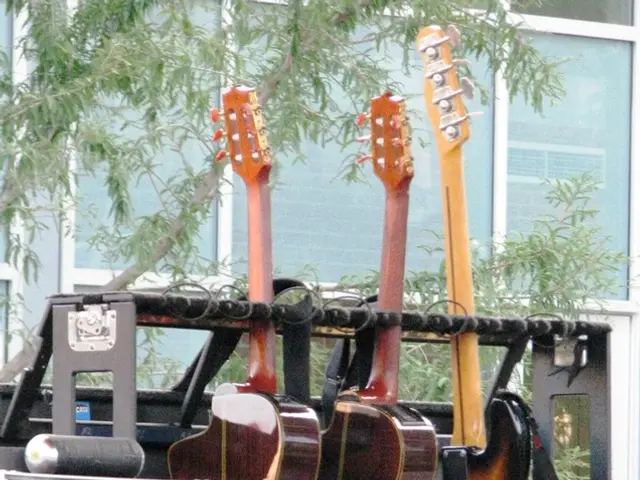Impact of DJI Restriction on U.S. Drone Pilots
The world's leading drone manufacturer, DJI, is facing potential scrutiny and a ban in the United States. This development has left drone enthusiasts and professionals wondering about the future of their DJI drones and what alternatives they might consider.
Currently, consumers can still use their existing DJI drones, but new sales and support could cease shortly. To stay informed about legislation, product changes, and drone software alternatives, users are advised to subscribe to updates from FlyEye.io, a company led by Jacob Stoner, a respected figure within the drone community and a licensed commercial drone operator in Canada.
If passed and signed into law, DJI could be added to the FCC Covered List within months. This addition would potentially halt component sales and firmware updates in the U.S., significantly limiting long-term access to firmware updates, cloud services, and repairs. Features that rely on internet connectivity, updates, or app access on DJI drones could be affected in the future.
Federal agencies may soon be restricted from acquiring DJI drones, reshaping the American drone landscape. This shift could push users towards homegrown solutions, and several alternative drone brands and models are stepping up to fill the market gap.
Key alternatives include:
- Skydio X10: Advanced autonomy, rugged for all weather, with NightSense technology; NDAA- and Blue UAS–approved; used in government, defense, and enterprise sectors.
- Trace Nano: A compact, tactical drone under 250g, designed for rugged ISR (intelligence, surveillance, reconnaissance) operations, also NDAA-compliant.
- Freefly Astro: Modular platform focused on mapping and thermal imaging applications, American-made and compliant with U.S. government regulations.
- Parrot ANAFI USA: A compact drone with 32× zoom and FLIR thermal imaging, designed specifically for the U.S. market's security requirements.
- Easy Aerial SAMS-T: A drone-in-a-box solution offering tethered flight for uninterrupted operation, also U.S.-built and approved for sensitive use.
Other domestic manufacturers stepping up include Inspired Flight and Ascent AeroSystems, targeting commercial and government sectors with NDAA-compliant drones.
Beyond American-made options, some Chinese competitors to DJI such as Autel or Insta360 face similar U.S. restrictions due to national security concerns, making them less likely to be available as alternatives if DJI is banned.
For budget-conscious buyers or beginners not restricted by government procurement rules, brands like Holy Stone HS790 offer affordable consumer alternatives, though generally less advanced than DJI or the American-made NDAA-compliant drones.
In summary, the most viable replacements for DJI drones in the U.S. market are primarily American-made, NDAA-compliant platforms like Skydio X10, Trace Nano, Freefly Astro, Parrot ANAFI USA, and Easy Aerial SAMS-T—all designed to meet rigorous U.S. government security and operational standards.
As of now, DJI drones are not banned in the U.S., but multiple bills are in progress. The proposed ban on DJI products stems from concerns over national security and data privacy. Even if the ban passes, there are no current plans to prohibit personal or commercial use of already-owned DJI drones. FlyEye is closely tracking DJI drone developments and offering advice to users, recommending diversifying now by testing non-DJI alternatives while DJI support is still available. Now is the time for drone pilots to future-proof their operations, explore alternatives, and stay informed about the DJI ban.
Technology advancements have led to the emergence of several alternatives to DJI drones, as users look toward homegrown solutions due to potential scrutiny in the United States. Among these options are Skydio X10, Trace Nano, Freefly Astro, Parrot ANAFI USA, and Easy Aerial SAMS-T, all designed to meet the stringent U.S. government security and operational standards.




